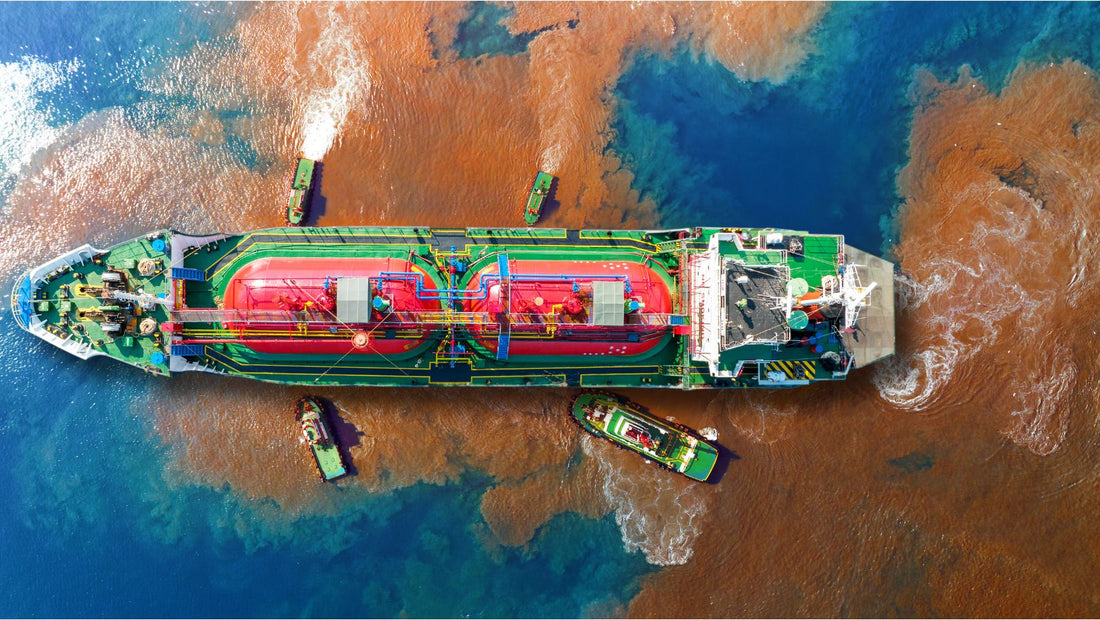Global Efforts Combat Textile Pollution
Pollution, both domestically and globally, remains a pressing environmental issue with far-reaching consequences for ecosystems and human health. In the United States alone, pollution accounts for millions of premature deaths and numerous health conditions each year. According to the Environmental Protection Agency (EPA) air pollution, primarily from industrial activities, transportation and energy production, is a significant contributor to environmental degradation and respiratory illnesses.
From production to disposal, the fashion supply chain generates a staggering amount of pollution. Textile dyeing and treatment processes contribute to water pollution, with an estimated 20% of global industrial water pollution originating from textile manufacturing. Additionally, textile production is a major source of greenhouse gas emissions, accounting for about 10% of global carbon emissions annually.

The rise of fast fashion exacerbates pollution levels. Fast fashion's emphasis on rapid production and consumption leads to increased waste generation and shorter garment lifespans. Research estimates that the equivalent of one garbage truck of textiles is landfilled or burned every second, equating to around 92 million tons annually. These discarded textiles release harmful chemicals and greenhouse gases as they decompose, further contributing to air pollution.
Despite these alarming trends, regulatory efforts to address fashion industry pollution remain limited. Internationally, some countries have implemented measures to address textile pollution, such as wastewater discharge standards and chemical usage restrictions. For instance:
- China: As one of the largest textile producers globally, China has taken steps to regulate textile pollution. The country has established wastewater discharge standards for textile manufacturers, limiting the levels of pollutants that can be released into water bodies.
- European Union (EU): The EU has implemented stringent regulations to address textile pollution and improve environmental standards in the fashion industry. This includes the REACH regulation, which governs the use of chemicals in textiles, as well as directives on wastewater treatment and environmental sustainability.
In the United States, regulations primarily focus on broader environmental protection laws, such as the Clean Air Act and Clean Water Act. Comprehensive regulations specifically targeting fashion industry pollution are still lacking in many regions. It is vital that brands like Ayana Active continue to educate themselves and their customers on the harmful effects of the fashion industry and adjust their production, manufacturing, and buying habits accordingly.
Stay tuned for more exciting updates from Ayana Active as we continue to redefine the boundaries of fashion, sustainability, and empowerment. Follow us on Instagram @ayanaactive.



